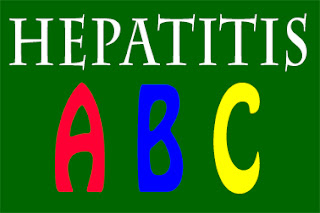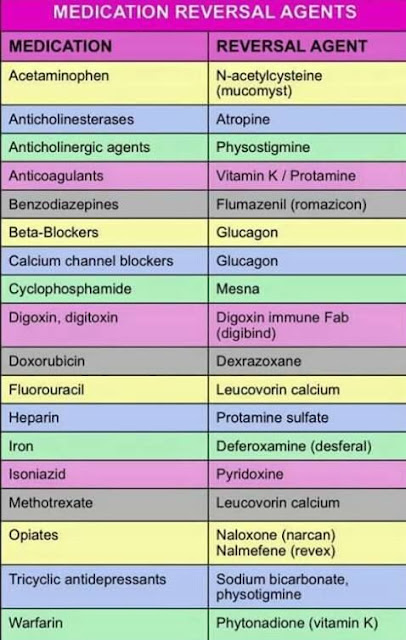Hepatitis A B C

HEPATITIS A Mode of Transmission: Ingestion of fecal matter, even in microscopic amount, from Close person-to-person contact with hepatitis A-infected person Sexual contact with hepatitis A-infected person Contaminated food or drinks Contaminated drug paraphernalia (works ) Risk Activities: Travel to countries where hepatitis A is common Sexual contact with a hep A infected person Use of illegal drugs (Injection or non-injection) Living with a clothing factor disorder Prevention Methods: Hepatitis A vaccination Immune globulin Proper hand washing with soap after the use of toilets and changing diapers, and before preparing and eating foods Treatment Options: Provide supportive treatment (e.g. bed rest) No hepatitis A-specific medication are available HEPATITIS B Modes of Transmission: Contact with infectious blood , semen and other bodily fluids, primarily through: Birth from a hep B-infected mother Sexual con


